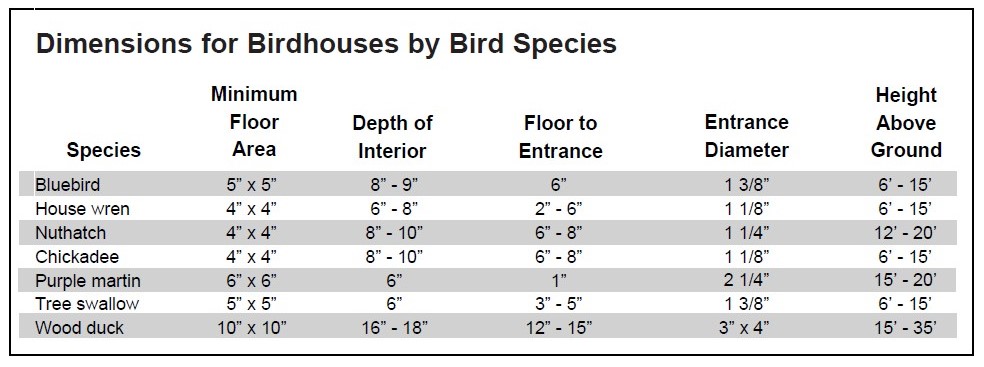Texas’ natural resources agencies have been following the Deepwater Horizon oil spill, but so far Texas has not seen any wildlife or fisheries impacts from the event. But an estimated 5,000 barrels of oil a day continues to spew from 5,000 feet beneath the surface of the Gulf of Mexico. Due partially to rough seas and heavy weather, the oil slick has expanded to roughly 3,000 square miles—an area the size of Puerto Rico.
While the emergency is unfolding in waters off the Mississippi delta, ground zero for coping with the spill is a suite of offices on the third floor of well-owner BP’s Houston headquarters, where company officials and an assemblage of scientists and engineers from a variety of other companies have been pursuing several options to contain the spill while at the same time lessening its impact.
Will the oil spanning much of the Gulf of Mexico find it’s way to Texas’ shores, impacting critical coastal wetlands? Hard to say, but here’s the latest from Don Pitts, of their Environmental Assessment and Restoration Program: Continue reading Texas Wildlife Agencies Follow Gulf Oil Disaster
